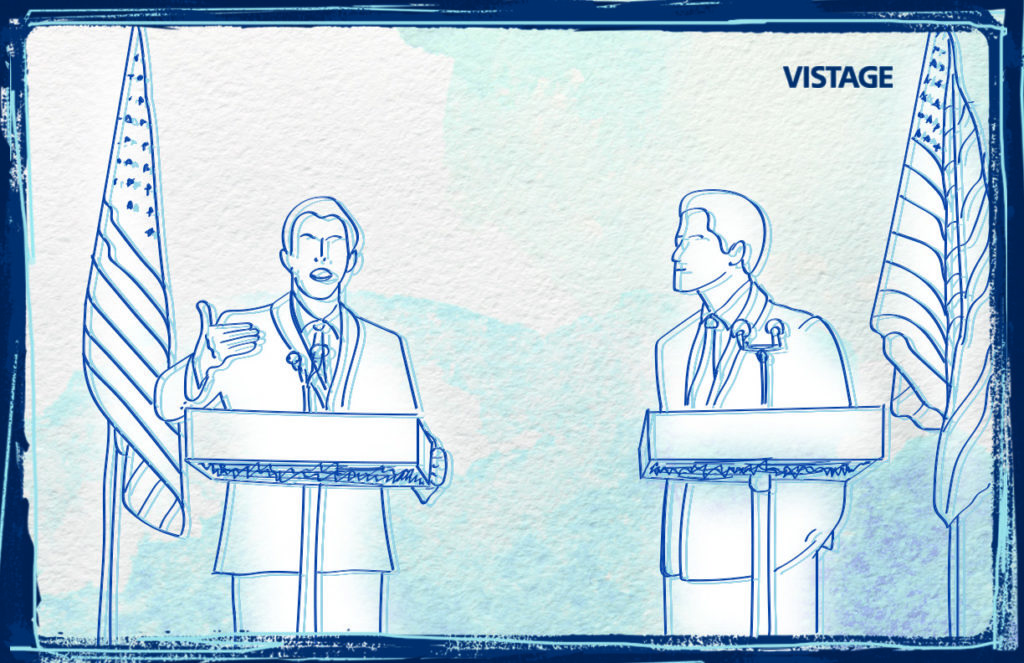Insider vs. outsider: Who makes a better leader?

Today’s presidential race has pitted candidates as insiders vs. outsiders. Similarly, corporations face the insider-outsider dilemma when deciding whether to promote leaders from within or bring in a new person. Which makes me wonder: Are there any patterns that might help us — as voters or shareholders — decide whether insiders or outsiders are best equipped to lead?
Gautam Mukunda tackles this issue in his book, Indispensable: When Leaders Really Matter (Harvard Business Review Press, 2012). He theorizes that institutions (e.g., our political system or companies) go through a “Leader Filtration Process” (LFP) to screen candidates.
As Mukunda defines it, the “Modal” candidates have been filtered by institutions every step of the way. The “Extreme” candidates, by contrast, are outliers who have not. Applied to politics, the Modal leader is the insider who worked his or her way up from, say, local leader to national leader to presidential candidate (e.g., Bill Clinton). On the other hand, people like Donald Trump are outsiders unfiltered by the “system” members. Mukunda says that the outsiders tend to succeed because of their charisma, wealth, connections, etc. They also tend to have psychological profiles that sometimes include narcissism and disorders such as depression or paranoia.
Mukunda measures the extent to which presidents are insiders or outsiders and correlates that data to ratings about their effectiveness. (He also compares business leaders using a similar approach.) His research finds that the outsiders tend to be rated at the top of the list or at the bottom (e.g., Lincoln and Harding, respectively). The Modal leaders, or insiders, tend to land in the middle.
The key takeaway, however, is that leadership effectiveness mostly depends on the commonality of the situation in which the leader was filtered (e.g., peace time) and the situation he/she faces as a leader (e.g., war time). It’s the characteristics of the leader that determine whether he/she will successfully handle the issues of tomorrow.
This is probably more important today than ever before. The world that our potential leaders were trained to address may not reflect today’s world, which is volatile, uncertain, complex and ambiguous. Recent events — such as the 2008 recession, rise of ISIS, transformation of the economy by artificial intelligence and emergence of the gig workforce — have raised issues that previously weren’t on anyone’s table.
Mukunda concludes with six guidelines, which are worth heeding:
1. When you evaluate unfiltered candidates, you know less than you think you do.
2. Modal leaders are likely to be successful under normal circumstances.
3. When creative or new approaches are needed, the best leaders tend to be unfiltered.
4. Unfiltered Extremes can fail because of the same traits that let them bypass the LFP.
5. Filtered Modal leaders can fail when circumstances change.
6. Traits that prevent passage through the LFP can sometimes lead to great success in practice.
In sum, the best way to pick a leader to solve tomorrow’s challenges is to focus on the future, not the past. You can only guess whether a leader will have the characteristics to address challenges in a future context.
What do you think? To what extent do these insights have relevance in today’s election or in choosing the next leader at your company?
Category : Leadership

